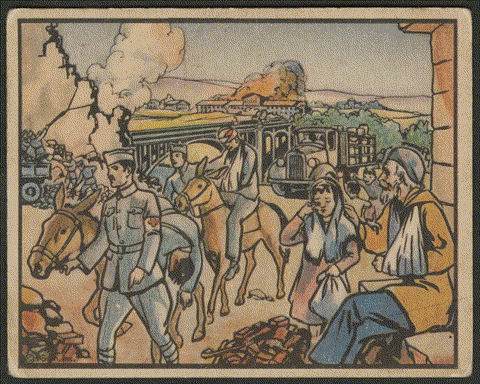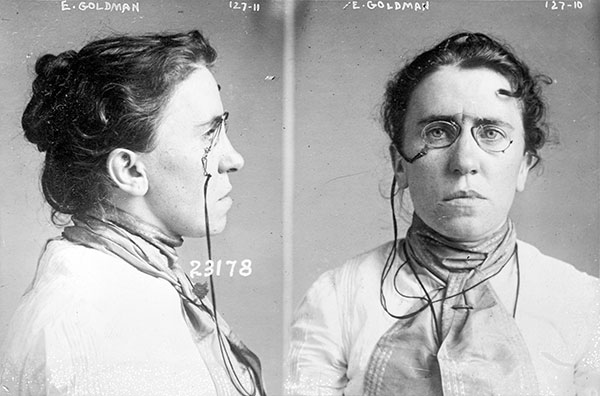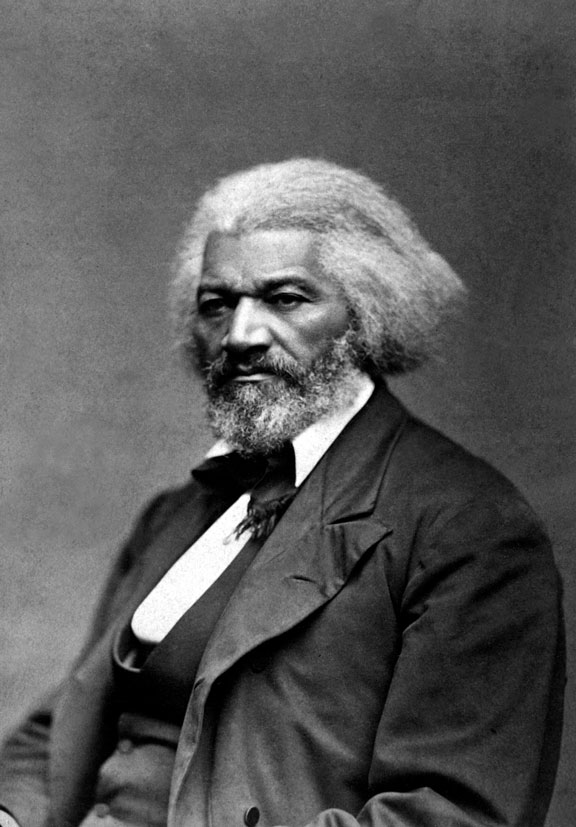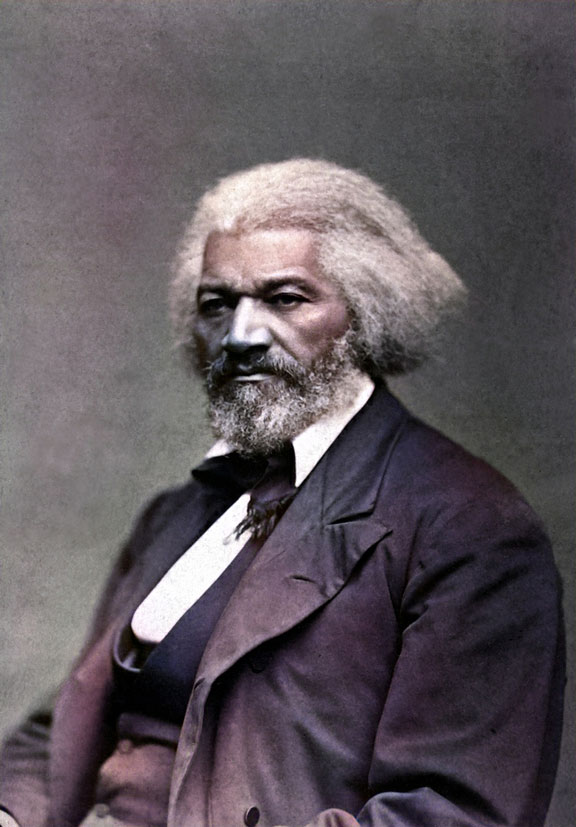Notes
/RECIPESFORRESPECT
Completed in 2018 in partnership with San Diego’s Environmental Health Coalition, Recipes for Respect launches for the public at Centro Cultural de la Raza on March 2 and a wider launch in the spring.

/NEIGHBORHOODSTORYPROJECT-ARTSBUILDSCOMMUNITIES
A youth media project based on Amie Thurber’s Neighborhood Story Project. Morristown Voices was produced with intentional practices of place based action research, group work, and cultivation of social ties.
/LABORACTION
How do freelance public school bus operators get the attention of district officials and advocate for better wages and conditions? They organize. Produced for and broadcast on LPB’s The State We’re In (April 14, 2022).
/PERMANENTCONSTRUCTIONZONES
A metaphorical dance performance orchestrated with machinery that erects a mountain with regional waste collected, piled, and buried on the outskirts of Watsonville, California. This historical world of mountain architects contrasts with the imaginative celebration of environmentalists to inquire if waste reduction is possible.
/ABEPROJECT
A conceptual essay film in development that documents more than 200 monuments of Abraham Lincoln’s likeness while exploring public space with monuments of historical figures. How do these monuments work to shape and reinforce dominant ideologies, represent and misrepresent history, and become folklore themselves in local narratives?
/DELETEDSCENE
This scene did not make the final cut of Far From Kawthoolei. It was filmed at the Aya Mini Market, a family owned Karen cultural grocer that was vandalized in 2022. Donations for the family are accepted on GoFundMe.
/MAXMSP
Live chromakey/greenscreen with webcam and prerecorded video in Max/Msp.

/FFMPEG
With ffmpeg installed it’s possible to create animation and video with Terminal commands.

(The Tamiment Library and Robert F. Wagner Labor Archives at New York University)
For example to process a batch of images and output to video:ffmpeg -r 24 -f image2 -s 640x480 -i inputimagename%03d.jpg -vcodec libx265 -crf 25 -pix_fmt yuv420p outputvideoname.mp4
Where all image files are named imagename001.jpg, imagename002.jpg, etc. If these images are not in sequence, Finder can batch rename (Select All, Action-Rename).
The reverse works as well. For a video conversion to images:ffmpeg -i inpputvideoname.mp4 -vf fps=24 outputimagename%03d.jpg
Scaling is another useful function:
ffmpeg -i inputvideoname.mp4 -vf scale=1920:1080 outputvideoname.mp4ffmpeg -i inputvideoname.mp4 -vf scale=320:-1 outputvideoname.mp4
Export a sequenced gif from a video:ffmpeg -i inputvideoname.mp4 -vf "fps=12” -loop 0 outputgifname.gif
Adjust the in and out points of the video to gif: ffmpeg -ss 120 -t 12 -i videoinputname.mp4 outputgifname.gif
*Starts the gif at 2 minutes (120 seconds) in the video and stops after 12 seconds.
Similarly, ffmpeg can export a section of a video: ffmpeg -ss 120 -i inputvideoname.mp4 -t 12 -c copy outputvideoname.mp4
/DEEPAI
AI is a promising technology for the surveillance state and Hollywood films that feed on the public’s paranoia. Machines have reviewed and picked up on patterns in human creativity and can now blend photos and art into psychedelic deep dreams. How can creatives adapt deep neural learning to their own processes?
DeepAI has a handful of tools for developers to include in their apps and a few of them could benefit documentary producers. Image Colorization quickly transforms black and white images with a splash of not so inaccurate saturation. Digital colorization is a long tedious process typically reserved for cover art or marketing but this tool could convert an archive of historical b+w photos with a semblance of color within hours.
E. Goldman, two views – profile and frontal (Library of Congress, 1911)
With this efficiency b+w video conversion becomes possible. A script could separate a video into frames, run the frames through the API, and reassemble to a video, however, Chenyang Lei’s research reveals that process to be problematic as color discrepancies between frames must be regulated for accuracy.
As screen resolution continues to expand in consumer products older films and archival treasures may find new life with upscaling AI. The two APIs that DeepAI supports are Waifu2x and Super Resolution. Waifu2x was trained with anime style artwork but upscales a little smaller and with less noise in photos. Super Resolution doubles the size of the original image. This photo was run through all three APIs. First Image Colorization, then Waifu2x, and finally Super Resolution. Considering the poor quality of the original it’s quite impressive.
Safiya Umoja Noble points out that algorithms often replicate biases in our culture. Those biases are a greater threat when this technology is used by the justice system already abundant in racial disparity. I tested photos of people with diverse skin tones and Image Colorization does work best with those who lack melanin. That could be because of the poor lighting in these images or it could be that the data used by the API excluded or lacked representation in black and people of color. The Center for Critical Internet Inquiry at UCLA further investigates AI and shapes dialogue on equity in digital technology.
Frederick Douglass (National Archives, 1879)
/NASA
Science nonfiction collaboration with robots on Mars.
Sci-(non)fi examines the visual and sonic surface of Mars by NASA’s planetary rovers Curiosity and Perseverance. NASA publishes much copyright-free raw data but no HD video from Mars. The high-resolution panoramas, created as a mosaic of many individual photos, do allow for users to zoom in and scroll around the surface of Mars. It’s awe-inspiring but detached from a sense of place. Through the animation of a slow pan movement in After Effects with an ultra high-resolution image and sound design from actual recordings on Mars, the video takes a cinematic approach to observe NASA’s data.
After Effects maximum resolution import peaks at 30,000 and the NASA image is 88,797 x 22,958. To import, the panorama had to be divided. At three roughly 30k images, there were still memory errors. By splitting the panorama into five images at roughly 20k each there was no issue. The images were stitched back together in After Effects, locked, and parented to a null object.
Curiosity has beamed high-resolution images of Mars back to Earth for some years now. Recently NASA released a 1.8 billion pixel, 2.25 GB TIFF panoramic that earthlings at Malin Space Science Systems stitched together from 1000+ images of the Martian landscape captured by the Mast Camera of the Curiosity rover.
The new Perseverance rover is uniquely equipped with a microphone. It has already sent the first sounds of Martian wind and its own lasers zapping nearby rocks.
The planet is thought to be relatively still so photography has been prioritized as to not congest the data transmission to NASA’s Deep Space Network with large video files. Forbes reports the transmission speed is “between 80 and 3,125 bits-per-second (b/s) to a 34m antenna or 800 and 15,625 b/s to a DSN 70m antenna.” Slower than dial-up internet in the 90s. Still, NASA was able to share video footage of the rover’s descent and landing almost immediately.
/NOLARAIN
/LOUISIANA
/MAX8
/DATAMOSH
An experiment in file/codec destruction known as datamoshing.
Montana Slam Dance is a compilation of home movie footage recorded with a digital harinezumi and animation created in After Effects to the beat of the Creative Commons licensed music track Violette. The home movies were edited in camera and the animation layered with an alpha transparency. I found the command line tool byebyte could randomize the visual glitch chaos. With the hex editor Hex Fiend manual adjustments were introduced. Prism video converter repackaged the corrupted video file to a standard codec.
None of these processes made a noticeable difference to the audio track. So the music track as an mp3 was opened as raw data in Photoshop and altered. The file was saved as jpg, its file extension renamed to mp3, then opened in Audacity as raw data, altered, and exported as mp3. This finally deteriorated the pop disco track into an unnerving screech.
The video was finally compiled in Premiere and exported with Vimeo’s preferred H.264 format. The web conversion once again adjusted the video frames so the video slightly varies inside Premiere from the web version.
Datamoshing is rooted in the context of video art where artists find flaws or quirks of technology for creative pursuits. While it works with similar technology as cinema, video art typically avoids cinema’s conventional language and narrative.
Traditional motion picture film records 24 frames per second but 24 high-resolution photos per every second of digital video equate to massive file sizes. Now compression is used to save disk space with digital videos. A video compressor like H.264 finds similar keyframes (i-frames) and applies an algorithm to rearrange where pixels need to move in between (p-frames). By removing the i-frames the algorithm generates chaos.
Premiere does not identify which frames are i-frames or p-frames but the open source video editing software Avidemux does. A datamoshed file is usually corrupt, so it will likely not open in Quicktime. It is best to install the VLC media player to open the files. The Verge provides a quick guide to direct glitchy visuals. Dive in deep with tutorials from Glitchet, ignoFactory, datamoshing.com, and r/datamoshing reddit. Or try with the phone app, MoshUp.
/WWOZFM



